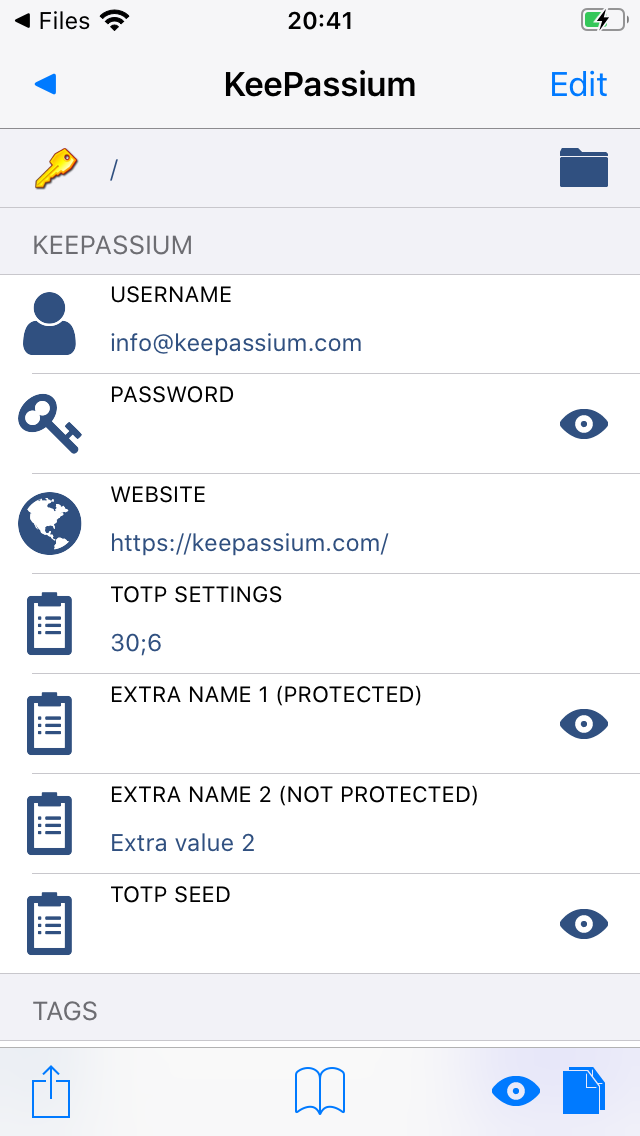

- #KYPASS IOS KEYFILE MAC OS#
- #KYPASS IOS KEYFILE FULL#
- #KYPASS IOS KEYFILE ANDROID#
- #KYPASS IOS KEYFILE SOFTWARE#
- #KYPASS IOS KEYFILE PASSWORD#
#KYPASS IOS KEYFILE PASSWORD#
As a bare minimum disable password authentication, so only SSH keys are allowed: The server should definitely be protected with some additional security measures, comparing to your regular hosts. Certainly make sure that it is not exposed to the internet, so team members can connect to it only from the office network ( or via VPN). Server setupįor such purpose ( hosting a Git repository) it is enough to create a small GNU/Linux VM. And of course the key file should not be part of the database Git repository either. The paths to database and key file should be different here, as, once again, they should never be stored together. To add a key file, enable additional protection on creating the database:Īnd here’s how it will look like when you will be unlocking the database using both the password and the key file: Obviously, it must never be stored together with the database file. To open the database, in addition to entering the password, you also need to provide path to the key file. As it’s the master password, it must be a long and a complex one, so it unlikely will be memorable, and so you’ll need to store it somewhere, but where - that’s an interesting question, because the first answer is yet another database/manager, the password for which you also need to store somewhere, and then the password for this “somewhere” also needs to be stored… yeah, interesting question The database file ( let’s call it passwords.kdbx) can be protected by two security/access factors ( and/or with a YubiKey):
#KYPASS IOS KEYFILE ANDROID#
Mobile clients I haven’t tried yet, but looks like on iOS the choice comes down to these two:īoth are paid applications and are not cheap, but they do have a one-time purchase lifetime license option.Īndroid clients I haven’t looked at, as I don’t have Android devices. One thing I was worried about is whether KeePass has the functionality of storing 2FA/ TOTP codes, but it certainly does have that: It also seems to have better performance / more responsive ( and nicer) GUI.
#KYPASS IOS KEYFILE MAC OS#
Unlike the reference client, which is written in C# and is for Windows only, KeePassXC is based on C++/Qt and works on Windows, Mac OS and Linux. Out of the desktop clients I liked the KeePassXC ( sources) the most. The full(?) list of clients on all platforms can be found here, under the “ Other downloads and links” section.

Many of those are available free of charge. Most of the compatible client application are proper native ( without Electron garbage) applications.
#KYPASS IOS KEYFILE SOFTWARE#
#KYPASS IOS KEYFILE FULL#
For a long time in our team we’ve been storing logins, passwords, keys and other things like that in personal password managers or just plain-text files, spread around people’s machines, and no one had the full set.


 0 kommentar(er)
0 kommentar(er)
